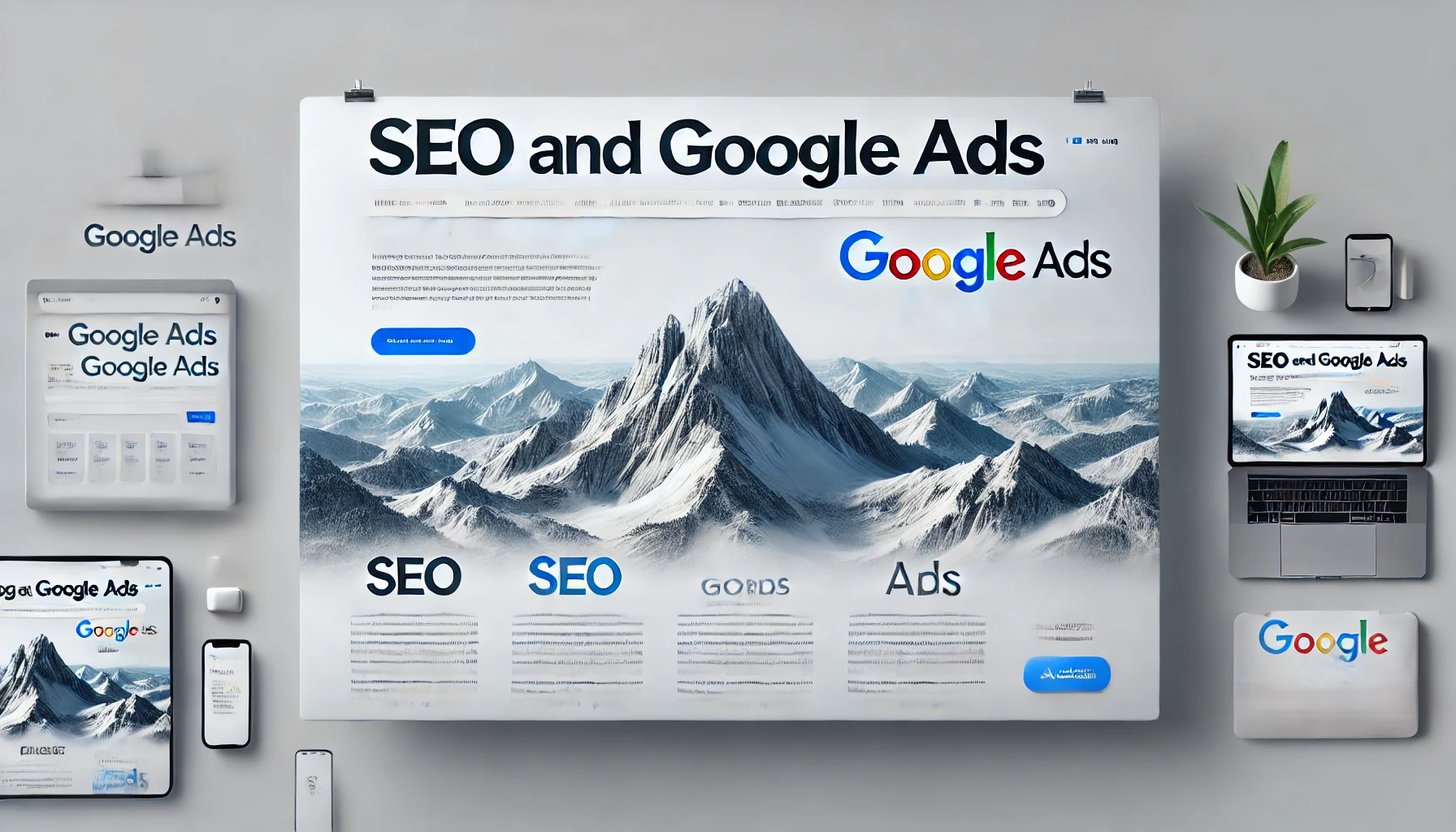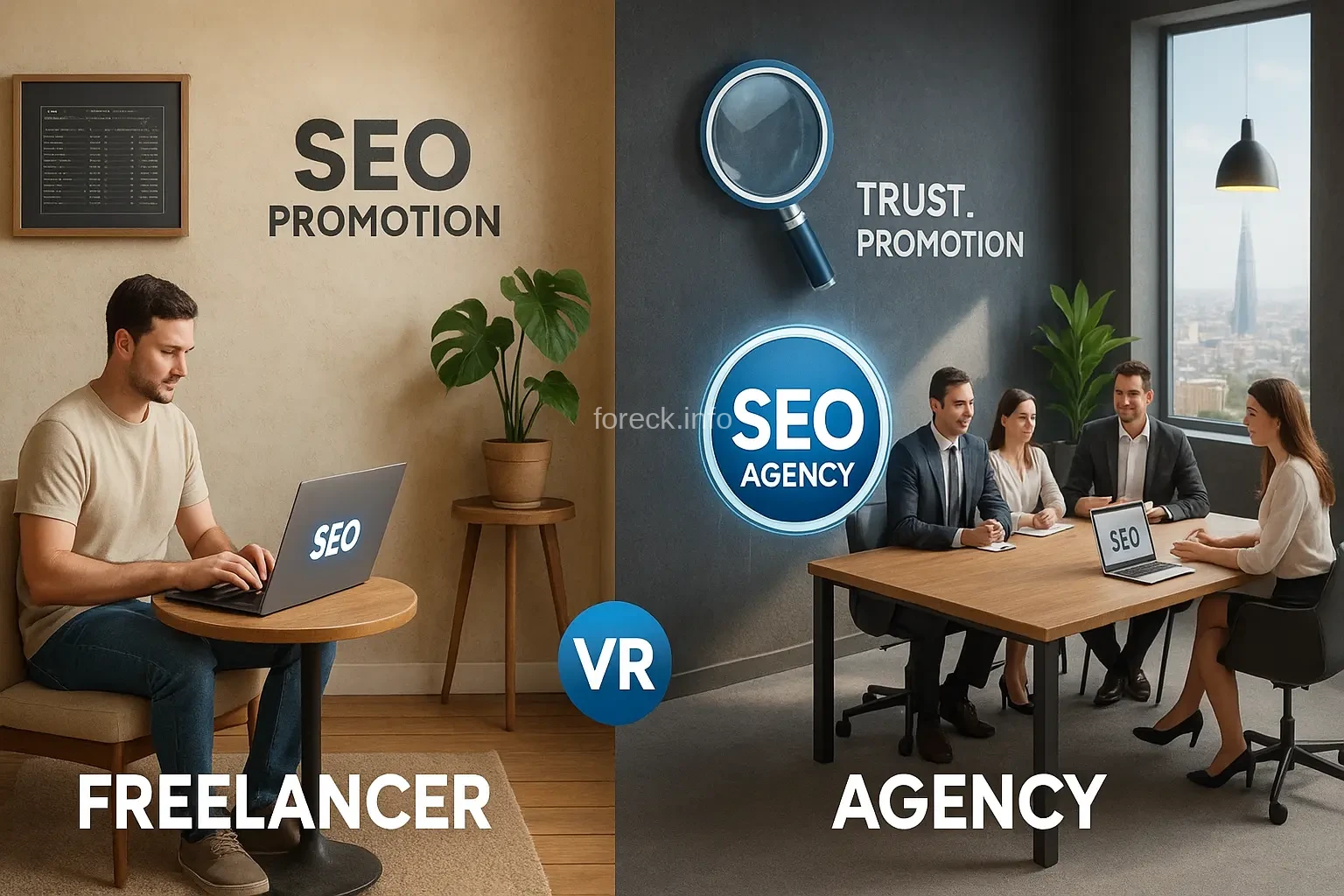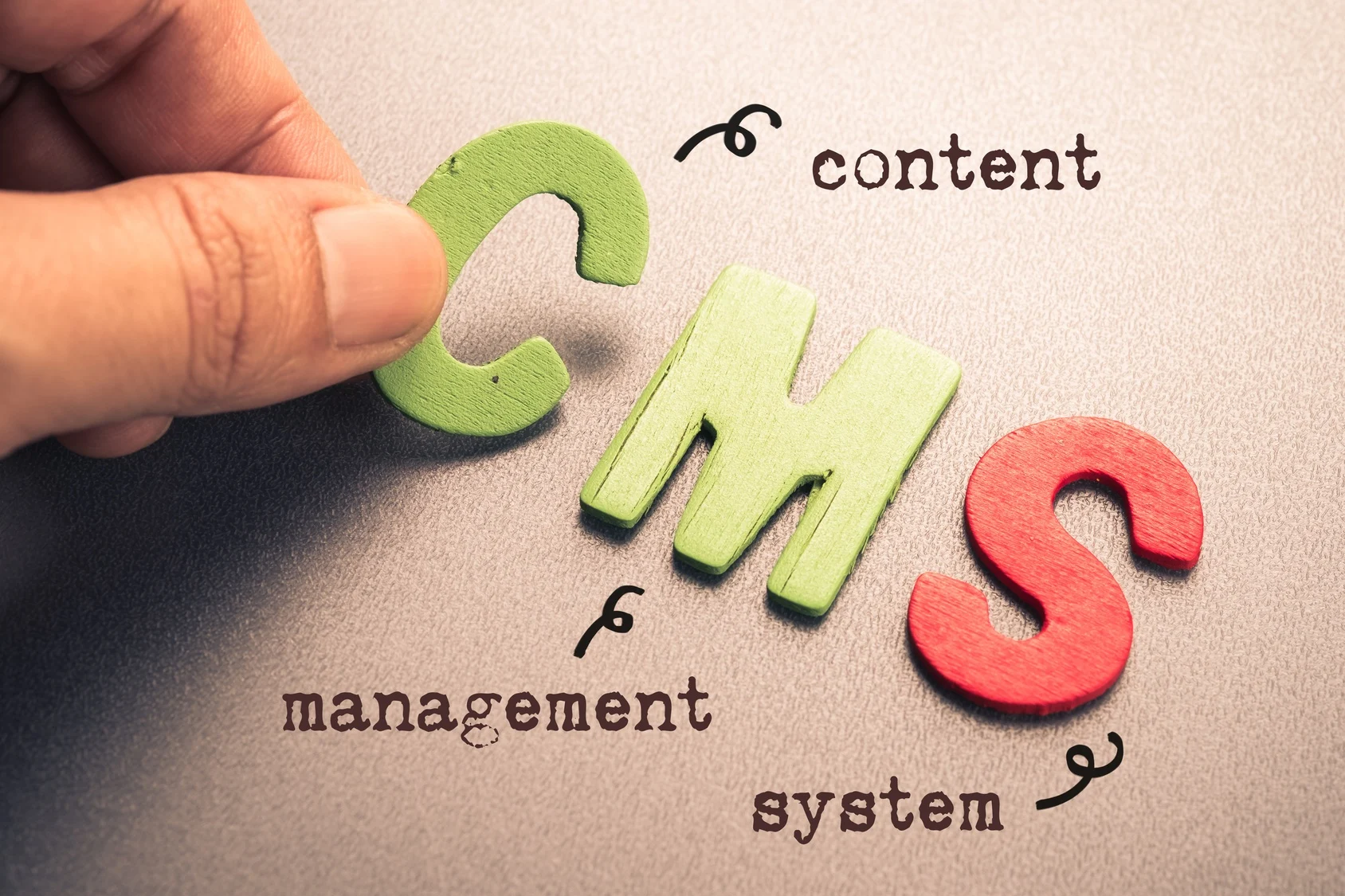Both strategies have their advantages, but which one brings the maximum sales? In this guide, we look at the differences, advantages and disadvantages and provide practical tips on how companies can make the best decision for their marketing budget.
What is SEO?
Search engine optimization (SEO) includes all measures designed to make a website more visible in the organic search results of search engines such as Google. The aim is to achieve a higher position in the search results through relevant content and technical optimization.
The most important SEO techniques
- On-page optimization: This includes optimizing content, metadata, internal links and the page structure. The aim is to give search engines a better understanding of the content and increase user-friendliness.
- Off-page optimization: Building backlinks, i.e. links from other websites, plays a crucial role. High-quality backlinks signal to search engines that the site is trustworthy and relevant.
- Technical SEO: Optimizations of the website structure, loading speed, mobile design and security aspects such as HTTPS are essential to lay the technical foundation for good rankings.
Benefits of SEO
- Long-term results: Once rankings have been achieved, they often remain stable over a long period of time and continuously generate traffic.
- Cost efficiency: After the initial investment in SEO measures, there are no additional costs for clicks.
- Trustworthiness: Users often trust organic search results more than paid ads.
Disadvantages of SEO
- Time-consuming: It can take months for SEO efforts to translate into higher rankings and increased traffic.
- High competition: It can be difficult to achieve top positions, especially for highly competitive keywords.
- Regular Adjustments: Search engine algorithms are constantly changing, which requires continuous adjustments and optimizations.
What are Ads?
Paid advertisements (Ads), particularly Google Ads, are a form of online marketing in which companies pay to place their ads in search results. These ads usually appear at the top or bottom of the search results page and are labeled as “ad.”
The main types of ads
- Search Ads: These ads appear in search results on Google and other search engines and are served based on keywords.
- Display ads: Graphical ads that appear on websites in the Google Display Network. They can be designed as banners, videos or interactive ads.
- Social Media Ads: Ads on platforms such as Facebook, Instagram, LinkedIn and Twitter that are targeted to specific demographic groups and interests.
- Shopping Ads: Specifically for e-commerce, these ads show product images, prices, and links directly to product pages.
Advantages of Ads
- Instant Visibility: Ads can generate traffic immediately after running.
- Targeted advertising: Through precise targeting, ads can be shown to exactly the desired target groups.
- Measurability: Ad performance can be accurately measured and adjusted in real time.
Disadvantages of Ads
- Costs: There are costs for every click on an ad, which can be expensive, especially for competitive keywords.
- Short-termism: Traffic ends as soon as the ad campaign stops.
- Less Trust: Some users click less on paid ads and prefer organic results.
Comparison: SEO vs Ads
Costs
- SEO: Initial investments in content creation, technical optimization and link building. In the long term, however, it is cost-effective because there are no click costs.
- Ads: Ongoing cost per click (CPC). Budget must be increased regularly to continuously generate traffic.
Time expenditure
- SEO: Long-term strategy with a slow increase in traffic. Requires continuous work and adjustments.
- Ads: Short-term strategy with immediate results. However, campaigns need to be monitored and optimized regularly.
Trust and credibility
- SEO: Users often trust organic results more because they are perceived as more independent and authentic.
- Ads: May be perceived as less credible because it is clear that they are paid for.
Long-term vs short-term strategies
- SEO: Particularly suitable for long-term goals and sustainable traffic building. Ideal for companies that want to strengthen their online presence in the long term.
- Ads: Ideal for short-term goals, quick results and time-limited campaigns. Particularly useful for seasonal offers or product launches.
Which strategy suits which company?
Startups and small businesses
For startups and small businesses, it can make sense to initially rely on ads to quickly generate visibility and traffic. As your budget and resources increase, you should also in SEO in order to maintain traffic cost-effectively in the long term. invest
Established companies
Established companies should rely on a combination of SEO and ads . While SEO forms the basis for sustainable and cost-efficient traffic, ads can be used specifically for campaigns or special promotions to achieve high reach in the short term.
E-Commerce
In e-commerce, it is particularly important to reach customers quickly and efficiently. Therefore, a mix of SEO for long-term visibility and ads for immediate traffic is ideal. Shopping ads in particular can achieve high conversion rates here.
Service company
Service companies can benefit from SEO to be better found locally and show their expertise through high-quality content. Ads can be used specifically to increase customer inquiries in the short term, for example through special offers or seasonal services.
Strategies for integrating SEO and Ads
Use synergies
An integrated strategy that includes both SEO and Ads can deliver the best results. While SEO builds long-term traffic, ads can generate targeted traffic spikes and achieve short-term goals.
Targeted keyword strategies
By analyzing the performance of keywords in Ads campaigns, valuable insights can be gained that can be incorporated into the SEO strategy. Keywords that convert well in ads in SEO optimization. should also be prioritized
Remarketing und Retargeting
With ads , users who have already come to the website through SEO measures can be targeted again. This increases the chance of conversions because already interested users are reached again.
Conclusion: The perfect mixture does it
Neither SEO nor ads alone are the perfect solution. The right combination of both strategies brings maximum sales. Companies should consider their individual goals, budgets and resources and develop a tailored marketing strategy. In the long term, the balance between sustainable SEO optimization and targeted ads campaigns leads to the greatest success.



